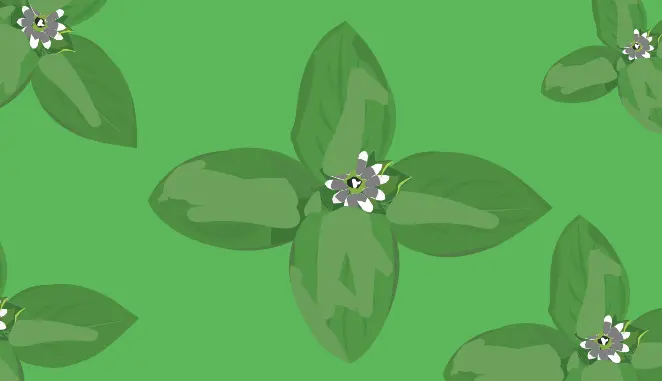Common Chickweed
What Is It?
The common chickweed, also known as Stellaria Media, is as the name suggests, very common throughout the UK. It can be seen in numerous locations from roadsides, coastal cliffs and unfortunately in our gardens.
Although it is very common, it should not prove to be much of a problem if the garden in question is mowed regularly. It is more likely that it will be seen in newly established turf.
Visually, the leaves are a light green or yellowy-green colour with a smooth surface. When the weed flowers it produces a small bud with an array of white oval shaped petals, encased within a slightly spiky backdrop of leaves.

When Do They Flower?
Annually – the weed produces around seven generations.
Treatment and Control
Culturally
The Common Chickweed should not be too much of a problem unless you have a newly laid garden. Regular maintenance and mowing should keep this weed at bay.
Chemically
There are different weed killers available on the market today, it does just depend on how heavily affected your garden is. We thought we’d make it slightly easier and provide a bit of advice for small areas (where you may have the odd unsightly weed) and larger areas (where it’s an overgrown area, vastly populated by the overpowering little blighters).
Small Areas: Glyphosate, applied sparingly with spray (be wary of overspray), sponge or paint brush.
Large Areas: Use selective weed killer such as Verdone Extra as it targets the weed, not the lawn.
Did you know?
- If you are ever in need of a quick snack whilst out and about, the whole Chickweed can be consumed. Like a few of the other weeds we have information on, they are very nutritious. Chickweed is full of vitamins A, B, and C
- It can be used to soothe itching skin due to its emollient properties.


